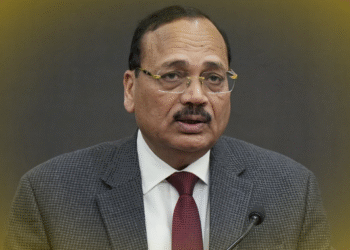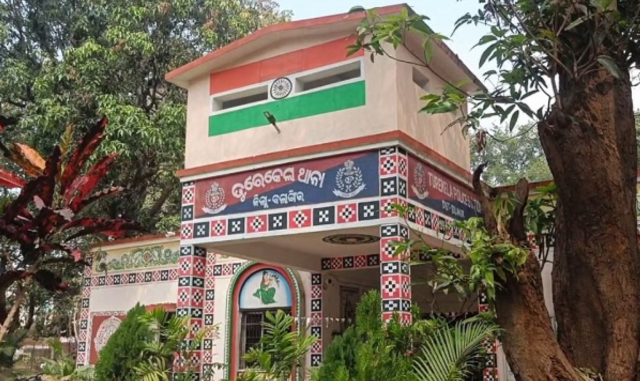Prime Minister Narendra Modi, in his Independence Day address, announced Mission Sudarshan Chakra, a nationwide multi-layered air defence network designed to shield India from enemy missiles, drones, and aerial threats by 2035.
The system — integrating satellites, long-range radars, UAVs, airborne warning platforms, and interceptor missiles — will form an all-encompassing security shield across the country. Officials confirmed that Russia’s S-400 missile defence system will be a key component of the project.
Conceived after Pakistan’s massive projectile assault during Operation Sindoor, Sudarshan Chakra aims to intercept threats ranging from kamikaze drones to medium-range ballistic missiles, including Pakistan’s new 2,200-km Ababeel missile with MIRV (multiple warhead) capability.
Defence planners noted similarities with Israel’s Iron Dome, which recently neutralised nearly 500 incoming missiles from Iran. Unlike defensive systems alone, Sudarshan Chakra will also feature offensive capabilities, enabling India to retaliate using advanced missiles like Pralay and Nirbhay, and bolstering naval strike options against enemy assets.
“By 2035, every public place in India will be protected under this expanded security shield,” PM Modi declared, underscoring the system’s dual role in deterrence and retaliation.
Experts say the mission reflects India’s need to counter both Chinese-origin weapons in Pakistan’s arsenal and Turkey-supplied drones, all of which were used unsuccessfully against India during Operation Sindoor.
Mission Sudarshan Chakra, according to security officials, represents India’s most ambitious step yet towards building a comprehensive, future-ready missile defence and retaliation network.





























